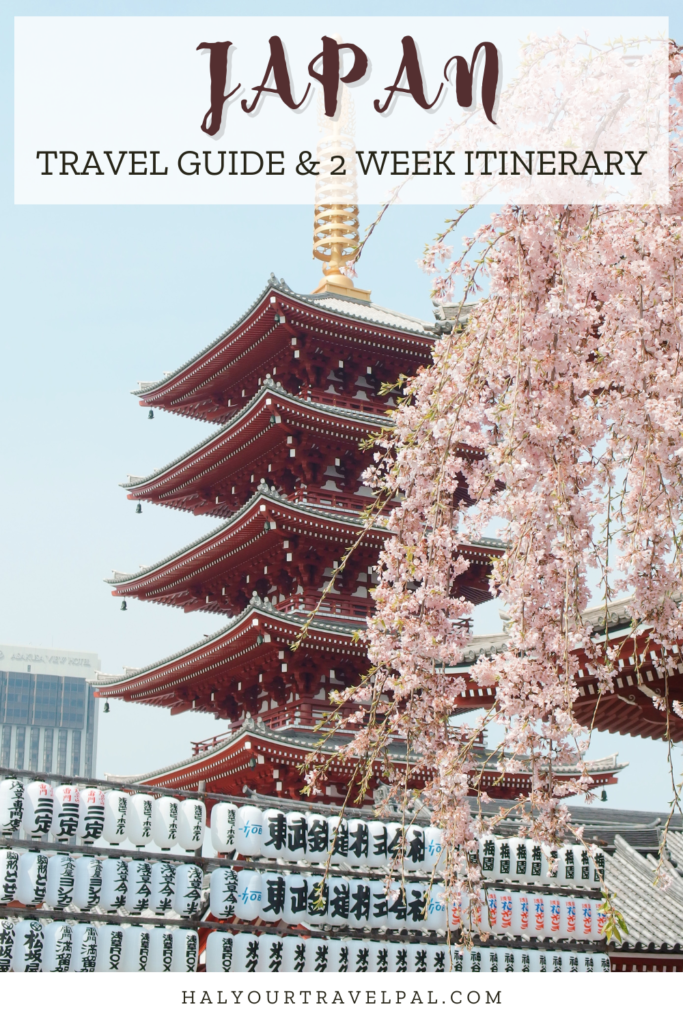
This post may contain affiliate links and I may earn a small commission when you click on the links at no additional cost to you. You can read my full privacy policy here.
So, you’re lucky enough to be planning a trip to the Land of the Rising Sun? Japan is one of the most amazing countries in the world, with stunning nature, beautiful culture, fascinating history, friendly people, and delicious food. From temples, castles, and shrines to gardens and national parks, it will undoubtedly live up to your high expectations. This 2-week Japan itinerary is the perfect resource for planning an amazing trip for first-time visitors.
But where should you start? Japan cannot be fully covered in 2 weeks. I put together this 2-week Japan itinerary based on a recent personal trip to help with how overwhelming it can be to decide where to go in this country that offers so much. It was my first time in Japan, so I prioritized doing the must-sees as efficiently as possible. To do this, I started in Tokyo, making my way south to Hiroshima. Even after returning to Japan since, I highly recommend following a route like this one on your first trip to Japan to get as much out of your time as possible. You will be absolutely stunned, planning a trip back in no time!
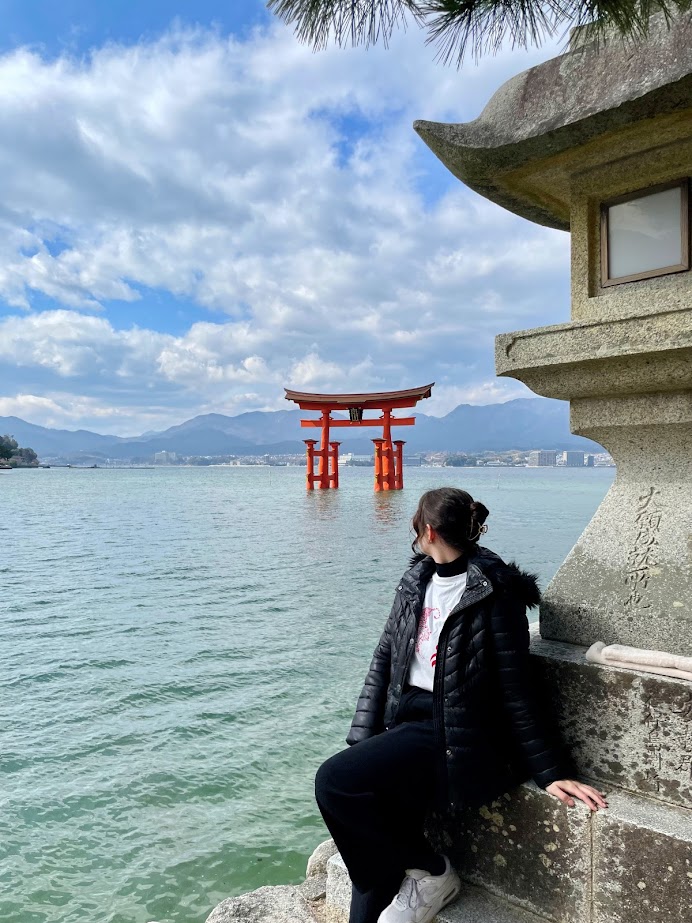
2 Week Japan Itinerary: FAQs
How can I get around Japan?
Japan has a fantastic public transportation system. I exclusively use public transportation when I’m in Japan. The JR Pass can be a great option, as you pay a flat fee and then get unlimited rides on the Shinkansen (bullet train) along with some local train routes in the cities. Local trains and buses are also easy to use, with Google Maps providing all the information you need to know.
JR Passes recently experienced a price increase, so it might be cheaper to buy individual Shinkansen tickets. This JR Fare Calculator will show you whether the pass or individual tickets are a better purchase. If you choose to buy a JR Pass, you’ll need a 14-day Whole Japan Rail Pass for this Japan itinerary, which you can conveniently order to your front door here.
To use local public transportation, head to a convenience store such as 7/11 to buy a Suica card. Once you have the physical card, you can load it up at English-friendly kiosks in the subway stations. You can also add your Suica card to Apple Pay or Google Pay. I recommend this option as you don’t have to worry about misplacing the physical card, and you can load your card directly onto your phone.
For your time in Tokyo, you can save money on riding the Tokyo subway with this discounted unlimited rides pass.
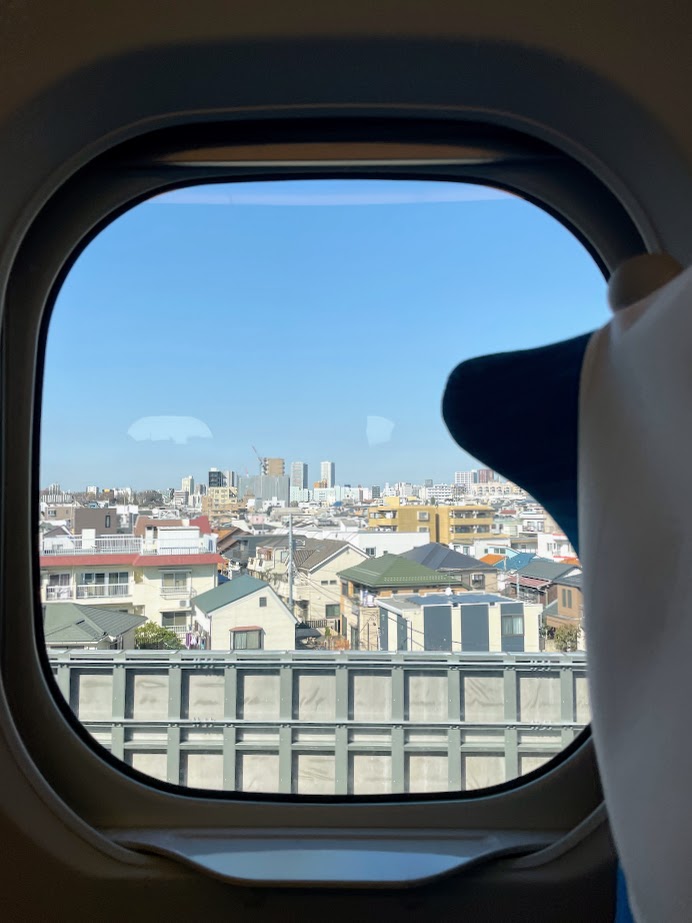
When should I visit Japan?
Each season has different spectacular sights and experiences to offer, but the best seasons to visit are spring and fall because of their mild temperatures and beautiful scenery. Spring is often cited as the best because of the cherry blossom season, but the colorful leaves make fall just as stunning and less crowded. I also wouldn’t discount visiting in the winter, which is my favorite time in Japan. Winter isn’t too harsh in the places on this Japan itinerary, and it’s a cheaper and least crowded time to enjoy all the country has to offer. It’s also the best time to catch a glimpse of Mt. Fuji! I wouldn’t advise visiting in the summer, when heat, humidity, and rain can make your trip less comfortable and enjoyable.
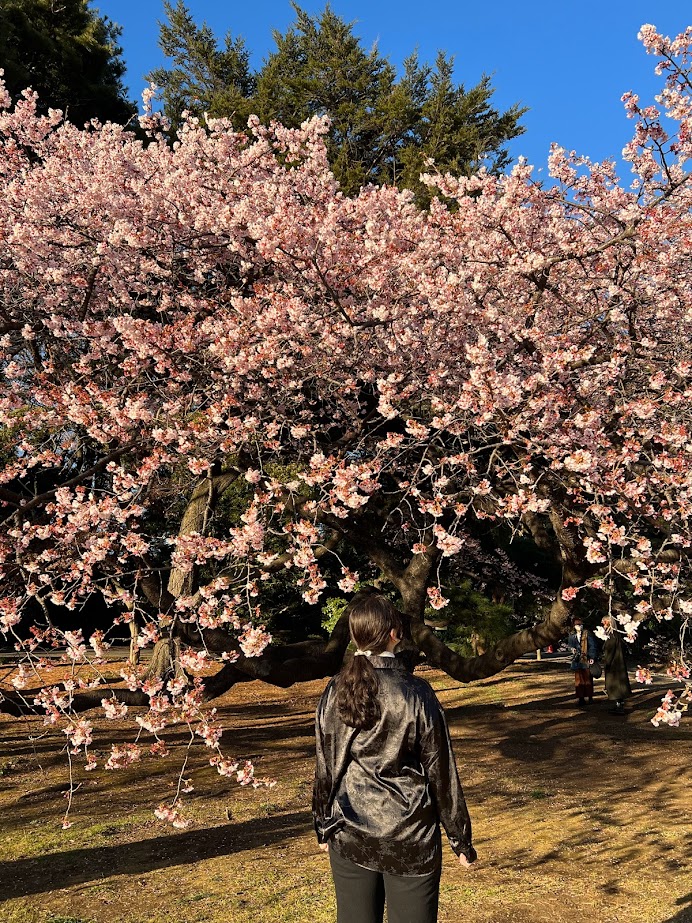
How can I get phone service in Japan?
My favorite option for accessing the Internet across the world is the Airalo eSIM. An eSIM doesn’t need to be physically put in and taken out; it’s simply installed onto your phone and connects to Internet anywhere in the world as soon as you land. Instead of wasting time looking for a local plastic SIM, you can activate the eSIM immediately after installation or upon arrival in Japan. This is the easiest and most convenient option. I’ve used Airalo all over the world and I’m always a happy customer. Plus, if you are continuing your travels after Japan, you can get a regional Asia eSIM that works in 14 countries.
Keep in mind that eSIMs only provide data service for connecting to the Internet, not calling and texting plans. If you need to make calls or send texts abroad, you can pick up a physical SIM card at the airport upon arrival by pre-ordering here.
What about money?
Japan’s currency is the Yen (JP¥ / ¥). When you first arrive in Japan, make sure to withdraw cash at a 7/11 ATM. These ATMs are easy to use and have low withdrawal fees for foreigners. Cash is still widespread in Japan, so always have some on you. Plenty of popular restaurants and attractions in tourist areas accept cards, but plenty don’t, especially if you are venturing out on a day trip. It’s better to be safe than sorry and always have a good amount of cash on you.
How to book the best hotels in Japan?
The best booking platform for finding and reserving great hotels in Japan is Agoda. It’s owned by the same company as Booking.com but is based in Asia, making it great for finding any hotels you need. If you’re a backpacker staying in hostels, then Hostelworld is consistently the best hostel booking platform worldwide, and Japan is no exception. Book your Japan accommodation on Agoda today:
Don’t want to search for the best option, or just don’t have time? That’s what I’m here for! As a professional travel advisor, I’ve vetted or personally stayed at the suggested properties throughout this blog.
How to book the best activities and excursions in Japan?
The best activity and excursion booking platforms for Japan are Klook and GetYourGuide. Both websites have thousands of trustworthy travel experiences with verified user reviews. I use Klook and GetYourGuide to book almost all my excursions in Asia, and you’ll find links throughout the article to great experiences I’ve personally vetted or experienced myself.
Is Japan vegetarian-friendly?
Being vegetarian in Japan is probably going to be more of a challenge than what you’re used to in your home country. However, don’t let that deter you! As a vegetarian, Japan is one of my favorite destinations for food travel. You just need to know how to find options and come prepared. My absolute favorite app when traveling as a vegetarian is HappyCow, which has been extremely useful in many countries across the world, including Japan. It uses your current location to pull up a map of vegetarian and vegan options nearby.
Additionally, I suggest that you print one of these dietary restriction cards and carry it with you. There is not a widespread understanding of what certain dietary restrictions mean, so these cards will help clarify. In big cities, these two resources will be more than enough to find a good meal. However, if you’re traveling out of major metropolitan areas, you should research vegetarian restaurants in that area in advance. There are usually fewer submissions on HappyCow in less visited areas, so mapping out your options in advance is always a good idea.
I have an entire survival guide for vegetarians (and vegans) in Japan here, including useful tips, necessary apps, and my favorite veggie-friendly restaurants.
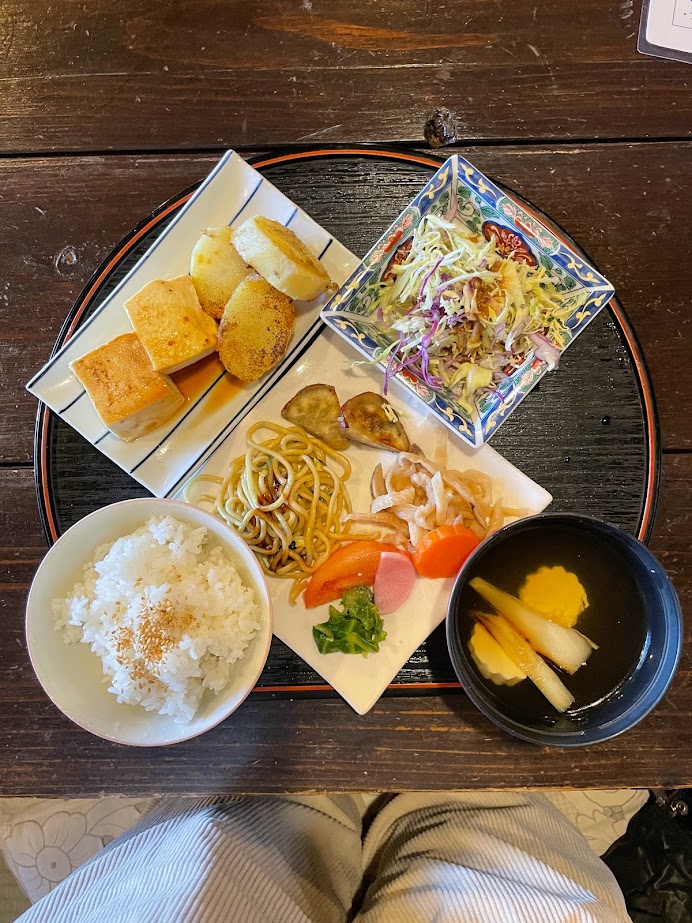
Is Japan safe for solo travelers?
Absolutely. Japan is a great place for solo travelers, including women. The country has a reputation for being incredibly safe, with low crime rates and a culture that places a strong emphasis on respect and hospitality. Whether you’re navigating bustling cities or serene rural areas, you’ll find the locals to be polite, helpful, and respectful. Japan’s efficient public transportation, clean streets, and well-maintained public spaces also add to the overall sense of ease. While you should always take general safety precautions, solo travelers (including females!) usually feel comfortable and welcomed in Japan, making it an ideal destination for those exploring on their own. In fact, Tokyo is one of my top picks for the best places to solo female travel in Asia!
For essential tips for staying safe and insights into local customs, check out my solo travel guide to Japan.

Now, let’s get into the itinerary!
2 Week Japan Itinerary
Days 1-5: Tokyo and optional day trips
Start your trip off strong by exploring the amazing (and huge!) city that is Tokyo and its surroundings! I recommend spending 3-4 full days in the city and dedicating 1-2 days to day trips. Don’t underestimate how big Tokyo is; make sure you map out your destinations in advance to be as efficient as possible.
Things to do in Tokyo
- Explore the neighborhood of Shinjuku
- Stroll around Shinjuku Gyeon National Garden
- Take in some culture at Meiji Shrine
- Have a drink in one of the iconic tiny bars in Golden Gai
- Enjoy the sunset at the free observation deck at the top of the Tokyo Metropolitan Office Building
- Explore the neighborhood of Harajuku
- Eat one of the iconic street food crepes
- Shop ‘til you drop
- People watch – the street fashion here is unbelievable!
- Explore the neighborhood of Shibuya
- Watch the hustle and bustle of Shibuya Scramble from the Starbucks while sipping on a Japan-exclusive Starbucks drink
- If you’re a dog lover, visit the Hachiko Memorial Statue
- Catch a great view of the city from Shibuya Sky (although this observation deck is paid, so I recommend you visit the free Tokyo Metropolitan Office building observation deck instead!)
- Keep shopping ’til you drop
- Explore the neighborhood of Asakusa
- Stroll around the beautiful Senso-ji Temple and all the cute shopping streets and shrines around it
- On Nakamise Shopping Street, buy adorable souvenirs and try amazing street food
- Visit arcades and anime and manga stores in Akihabara
- Go shopping in the high-end district of Ginza
- Go thrifting in the up-and-coming neighborhood Shimo-Kitazawa
- Take in the impressive artwork and cultural objects displayed at the Tokyo National Museum
- Enjoy the immersive art exhibit at teamLab Planets
- Animal lovers rejoice at the “Lucky Cat Temple”, Gotokuji Temple
- Drive a “Mario Kart” through the streets of downtown Tokyo!
- This was the collective favorite activity of our whole trip. Keep in mind that you need an International Driver’s Permit to participate.
Book your Mario Karting through Tokyo experience here! This was the highlight of our time in Tokyo (all of Japan, too!). Make sure to book well in advance and get your International Driver’s Permit ahead of your trip.

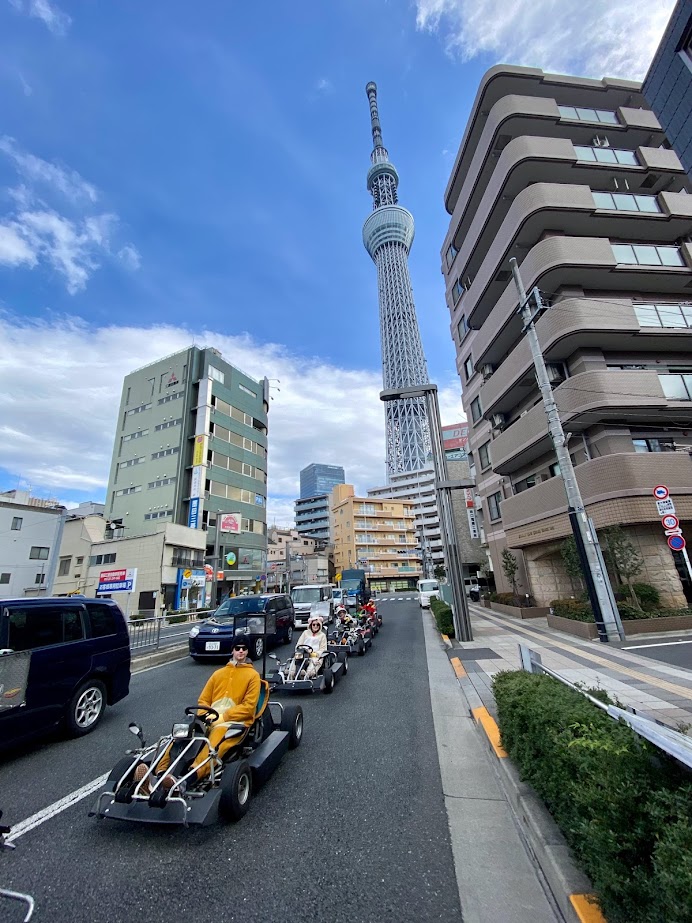
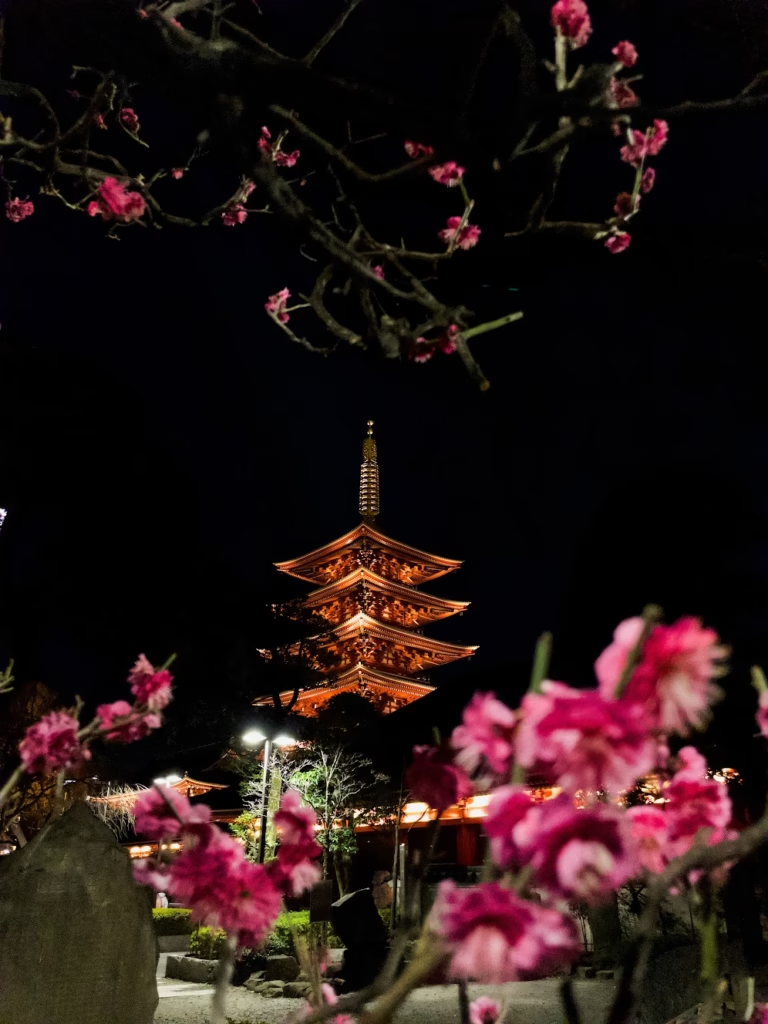
Feeling overwhelmed planning your Japan trip?
Japan is packed with things to do and places to see, and it can be tough to know where to begin. I specialize in planning Asia travel and help first-time visitors design custom itineraries that make sense for their pace, interests, budget, and more.
Let’s build your custom Japan itinerary together.
Where to stay in Tokyo
Shibuya, Shinjuku, and Tokyo Station/Marunouchi are the best areas to stay in Tokyo. They are exciting areas with lots to offer, but they are also located at convenient train stations to quickly and easily get you to the other areas of Tokyo that you want to explore. Here’s a summary of the best places to stay, based on what’s important to you:
| Neighborhood | Best for | Budget | Best mid-range accommodation |
| Shinjuku | First-time visitors, nightlife lovers, shoppers, public transportation | $$ – $$$ | Tokyu Stay Shinjuku |
| Shibuya | Young travelers, nightlife lovers, shoppers, public transportation | $$ – $$$ | Lyf Shibuya Tokyo |
| Tokyo Station/Marunouchi* | Business travelers, luxury travelers, public transportation, those who will take the Shinkansen | $$ – $$$ | Hotel Ryumeikan Tokyo |
*Tokyo Station/Marunouchi refers to the area directly next to the station, but there are lots of neighborhoods nearby that are great to stay in if you’re on a budget. I especially recommend CITAN Hostel in Kodemmacho for budget and/or solo travelers who want to be in a great location, just two stops from Tokyo Station, without paying the huge price tag.
Optional day trips from Tokyo
This 2-week Japan itinerary factors in 1-2 days for day trips from Tokyo. Here are some great options:
Kamakura
Kamakura is a seaside town full of temples and shrines just over an hour outside of Tokyo. It can be quickly and easily reached via train, with one option covered by the JR pass (the JR Yokosuka Line train from Tokyo Station or Shinagawa Station). After a few days in the hustle and bustle of the city, this day trip is an absolute must. Take the day to enjoy gorgeous beaches, serene temples, and tranquil shrines.
Things to do in Kamakura
- Visit Hasadera Temple for stunning black-and-white architecture and sea views; it’s my favorite temple I’ve visited in Japan after two trips!
- See the iconic Great Buddha (37 ft. tall!) at Kotoku-in Temple
- Catch a view of Mt. Fuji (if you’re lucky!) from Kencho-ji Temple
- Stroll through Tsurugaoka Hachimangu, a colorful Shinto Shrine
- Finish the day with street food and souvenir shopping on Komachi-dori Street
- If you have extra time, catch the sunset on Enoshima Island
Want to conveniently visit all of Kamakura’s highlights with a local guide without having to worry about getting around? Book this guided day tour from Tokyo today.

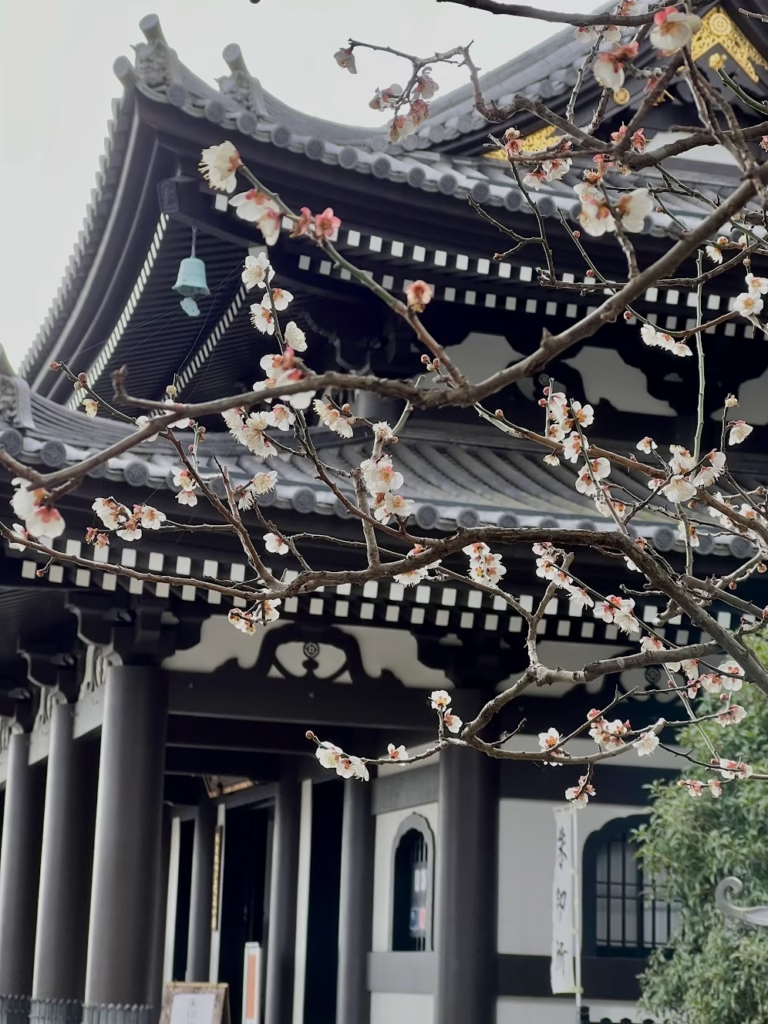
Nikko
If you love a good mix of nature, history, and culture, Nikko is a great place for a day trip. The shrines and temples of Nikko are a UNESCO World Heritage Site because they’re considered architectural and decorative masterpieces. They’re set against the beautiful rivers, mountains, and forests of Nikko, making them even more scenic. These attractions are all within walking distance or a short bus ride, making Nikko easily accessible if you don’t have a car.
Things to do in Nikko
- See the most impressive and famous historic site in Nikko, Toshogu Shrine
- Witness Nikko’s most important temple, Rinnoji Temple
- See the contrast of nature and Japanese architecture at Shinkyo Bridge
- Explore an emperor’s retreat at Tamozawa Imperial Villa
- Escape to nature at Kanmangafuchi Abyss
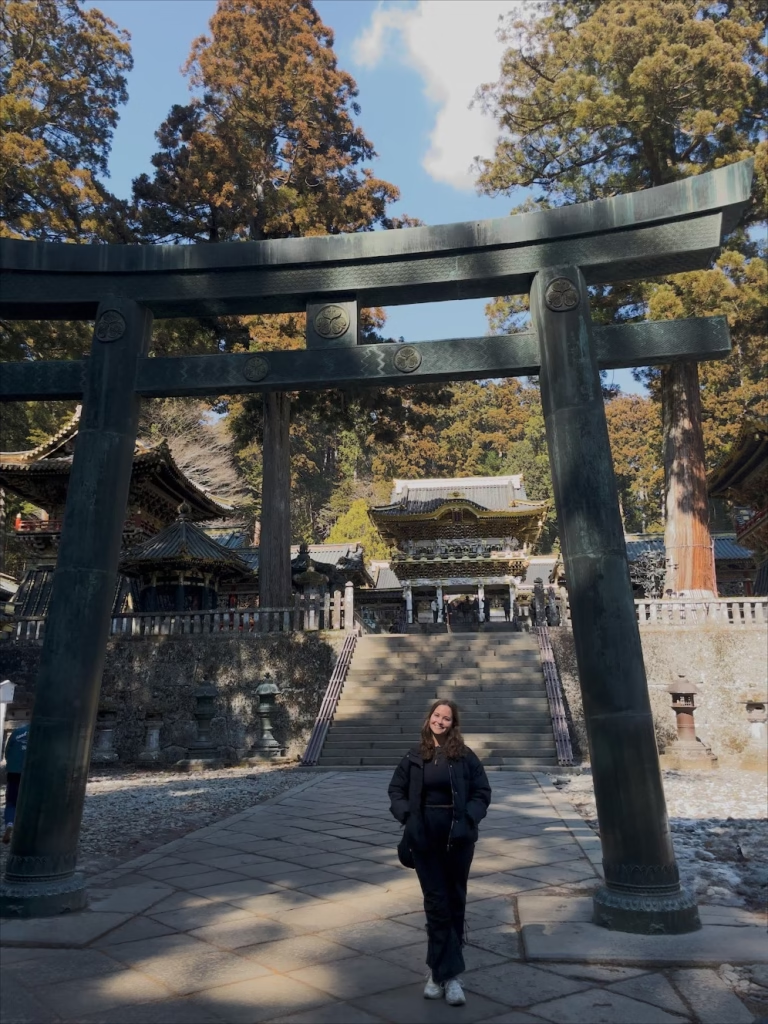

Hakone
Hakone, a mountainous town neighboring Mt. Fuji, is best known for its hot springs and stunning views of Fuji. It’s an easy two-hour journey from Tokyo via train, which can be reached with either a combination of the JR Pass and Hakone FreePass or by Romance Car. The Hakone FreePass is a smart option for any visitor, as it includes the return journey from Tokyo to Hakone, as well as unlimited use of certain trains, cable cars, ropeways, boats, and buses around the Hakone area. Hakone is another idyllic, peaceful day trip from Tokyo.
Get your Hakone FreePass for unlimited rides on local transportation systems, a sightseeing cruise, and discounts on 70+ attractions and establishments here.
Things to do in Hakone
- Soak in one of Hakone’s famous hot springs
- Take a sightseeing cruise on Lake Ashi (included in the Hakone FreePass!) to see a great view of Mt. Fuji and the famous floating torii gates of the Hakone Shrine
- Explore modern sculptures at the Hakone Open Air Museum
- Take a hike at Old Tokaido Highway Cedar Avenue and learn about security during the Edo period at Hakone Checkpoint
Want to join a convenient guided tour of Hakone from Tokyo? This Hakone day trip also includes a stop at the famous Mt. Fuji Fifth Station viewpoint.
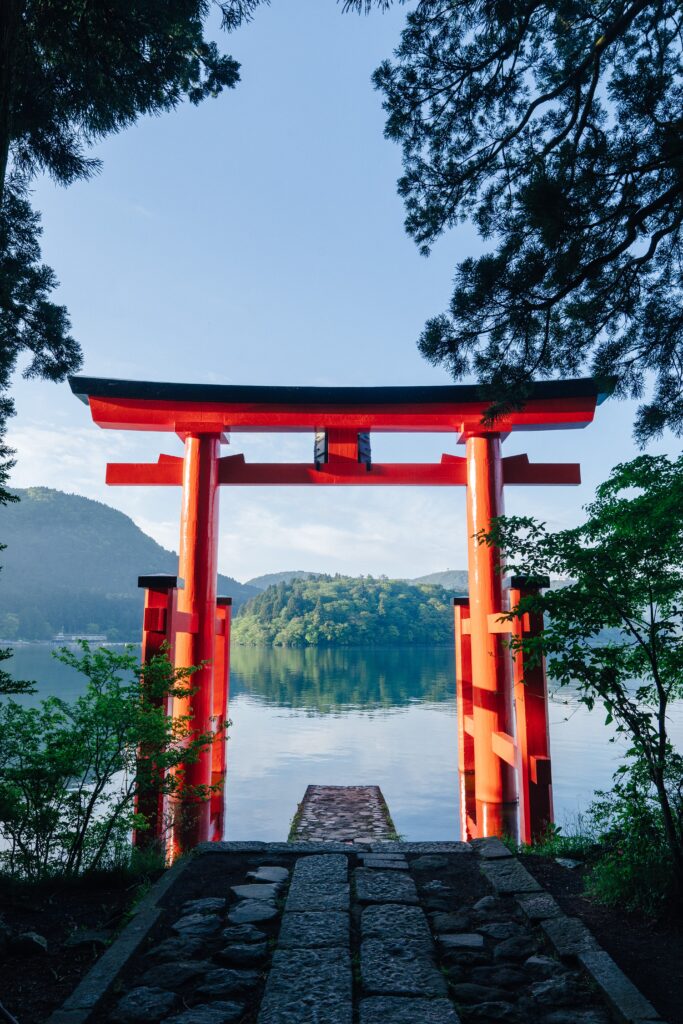
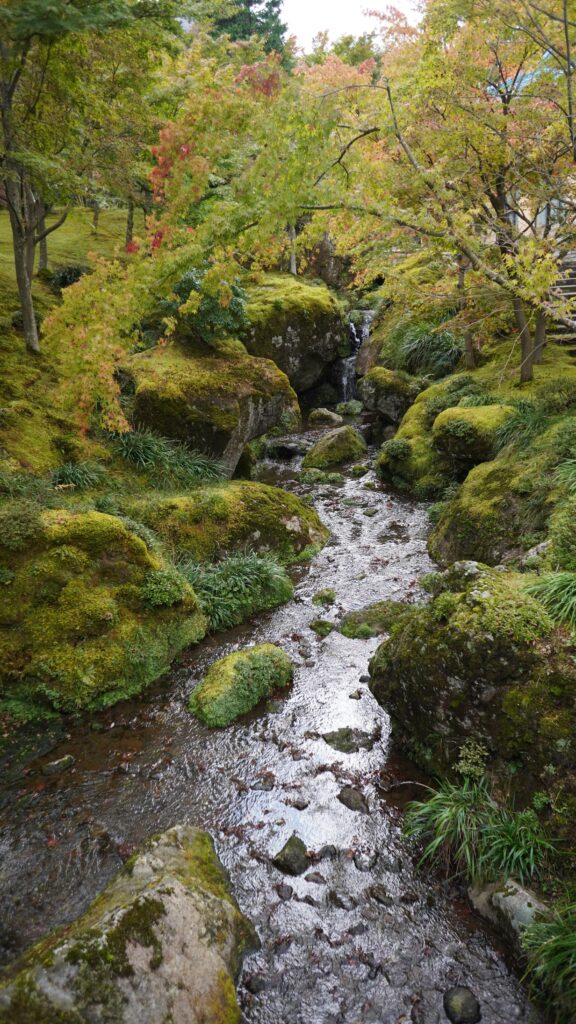

Mt. Fuji Scenic Spots
Many people don’t realize that you can still take an amazing day trip to Mt. Fuji without having to do any hiking at all! Climbing Mt. Fuji is a huge feat, but it’s not for everyone. If you want to see the beauty and power of Mt. Fuji without all the hard work, there are many scenic spots around its base where you can soak in the gorgeous views. Mt. Fuji is only visible 20-30% of the year, mostly in December and February. To check the chances of seeing Mt. Fuji before your visit, check this Mt. Fuji visibility forecast. This is a day trip that I highly recommend doing with a rental car or guided tour, as public transportation is complicated and inconvenient.
Things to do near Mt. Fuji
- Take the most iconic photo of Mt. Fuji and a shrine at Arakurayama Sengen Park
- Get more great views, souvenir shop, and stop for lunch at Oshino Hakkai
- Snap a picture down the famous road at Hikawa Watch Store
- See the reflection of Mt. Fuji at Lake Yamanaka and Lake Kawaguchi
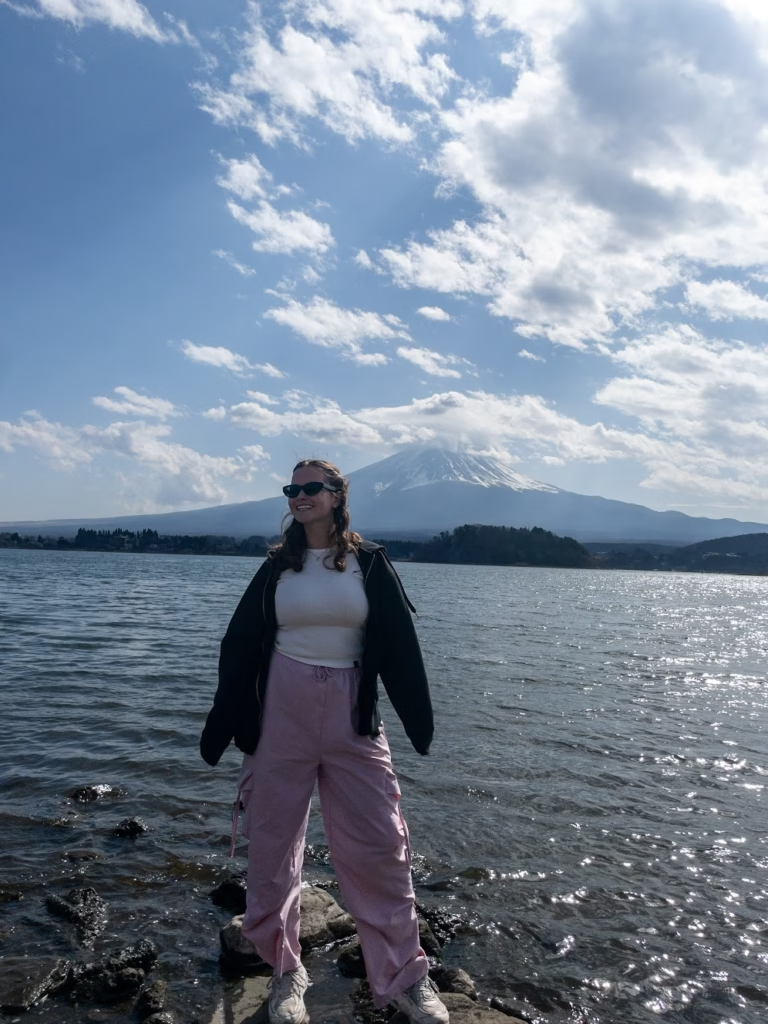
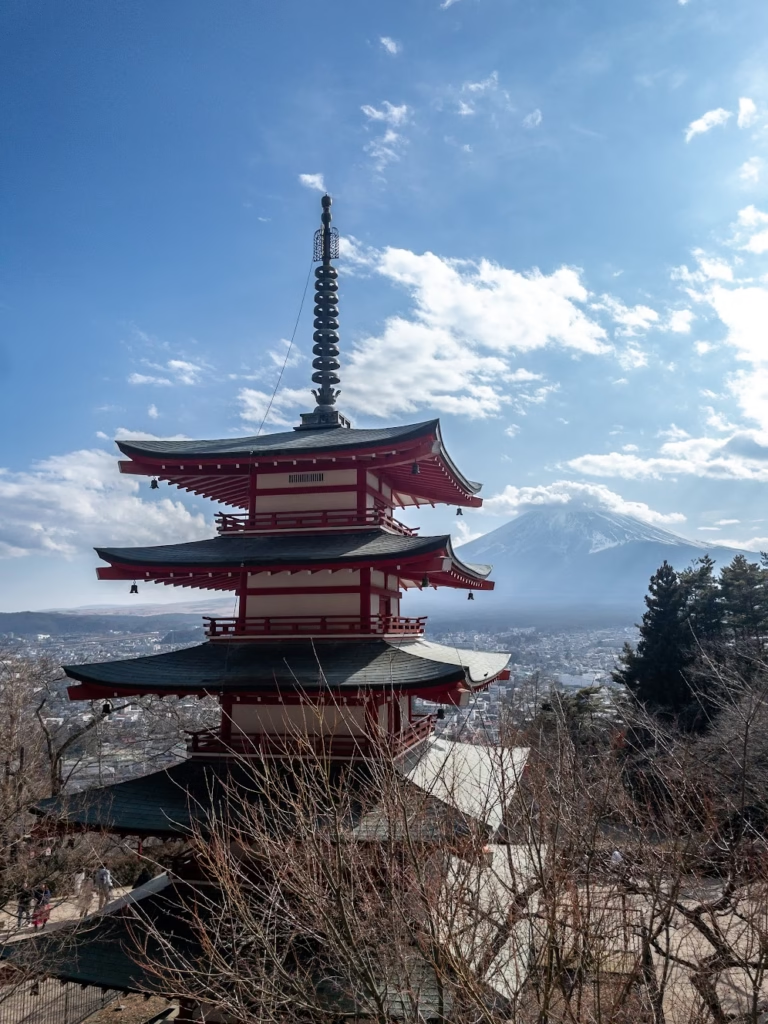
Days 6-8: Kyoto
Kyoto is my absolute favorite destination I’ve been to in Japan, and that is saying a lot! There is no shortage of beautiful historic and cultural sites here. Do not underestimate how much time you will want here – 3 full days is the absolute minimum to take it all in.
Things to do in Kyoto
- See the plethora of cultural sights: Fushimi Inari Shrine, Nijo Castle, Ginkakuji Temple, Kinkakuji Temple, and Kiyomizu-dera Temple, to name a few of the highlights
- Explore the neighborhood of Arashiyama
- Feed adorable monkeys and take in the view at Arashiyama Monkey Park
- Stroll through the scenic bamboo grove (the earlier the better to avoid crowds!)
- Wander the Gion district, where you can shop, visit a tea house, and take in Geisha culture
- Shop and eat your way through the massive Nishiki Market



Where to Stay in Kyoto
Center yourself by staying in the Shijo Kawaramachi area, right near Nishiki Market. Not only is this a great area to explore on foot right outside of your hotel, but it is centrally located for many of the cultural sights. It also isn’t far from Kyoto Station, where you will most likely be arriving and departing.
$$$: Tokyu Stay Kyoto Sakaiza (personally loved my stay here!)
$$: Hotel GOCO Stay Kyoto Shijo Kawaramachi
Days 9-11: Osaka and day trips
I expected Osaka to serve mostly as a base for exploring the surrounding areas via day trips, but Osaka itself pleasantly surprised me! Universal Studios is the main draw for tourists, which I recommend if you are a theme-park lover with patience (it’s hard to avoid long wait times, no matter when you go). If you aren’t, a full day in Osaka is better served walking around its diverse districts.
Things to do in Osaka
- Visit Super Nintendo World at Universal Studios Japan, the first Super Nintendo World in the world! (There is currently only one other at Universal Studios Hollywood)
- Spend an evening in Dotonbori, where street food meets neon signs
- Get your shopping fix on Shinsaibashi-suji Shopping Street
- Explore history at Osaka Castle and its surrounding scenic grounds
- Walk around the Shinsekai district, an interesting retro area with arcades, dive bars, and a good view of the Tsūtenkaku Tower (where you can visit an observation deck)



Get your Universal Studios Japan ticket, including time entry to Super Nintendo World, here!
Where to stay in Osaka
My favorite place to stay in Osaka is Dotonbori. This area is centrally located but also exciting in its own right, lit up by neon signs with street food and shopping everywhere. It is convenient to reach both Osaka Station (for arriving, departing, and reaching Himeji) and Namba Station (for reaching Universal Studios and Nara).
$$$: Cross Hotel Osaka (personally loved my stay here!)
Day trips from Osaka
Nara
Nara is doable on a day trip from both Kyoto and Osaka and is my most highly recommended day trip on this entire itinerary! From Osaka, it is less than an hour on the train (with both a JR and non-JR option available).
Things to do in Nara
- Rent a bike to explore the sprawling Nara Park and its surrounding areas
- Make sure to stop by all the cultural and historic sites, including Kofuku-ji, Isuien Garden, Nara National Museum, Todai-ji, and Kasuga-Taisha Shrine
- Make plenty of stops to feed the deer!
- For quality souvenir shopping and something to eat, stroll Higashimuki Shopping Street & Mochiidono Shopping Arcade
- Refresh with a famous shaved ice from Hosekibako


Himeji Castle
Himeji Castle is an underrated day trip from Osaka that you should not miss. Himeji Castle is one of the few original castles from Japan’s feudal period. From the second you arrive at Himeji Station, you can see the gorgeous white castle looming in the distance. It’s only 30 minutes away from Osaka on the Shinkansen (JR-pass friendly).
Things to do and see in Himeji
- Of course, first and foremost is Himeji Castle! Head straight there and take in the grounds for a few hours. You can even go inside and climb to the top for a great view (but be prepared for steep, narrow stairs).
- Then head next door to Koko-en, a stunning Japanese garden
- If you have more time in Himeji, head out of the city to Mt. Shosha, where you can take the ropeway or a scenic walk to the ancient Engyō-ji temple


Days 12-13: Hiroshima and Miyajima
There is no better place to end your first trip to Japan than Hiroshima. The city has a tragic history that is important for all visitors to reflect on. But while tragedy exists, so does beauty and hope. Miyajima, a scenic island covered in forests and cultural sites, is an unmissable day trip from Hiroshima.
Things to do in Hiroshima
- Reflect on the tragic history of the city at the Peace Memorial Park and Museum
- See cars being made on an assembly line at the Mazda Museum
- You must make a free reservation in advance here
- Stroll around Shukkeien Garden
- Learn more about feudal history at Hiroshima Castle, which was rebuilt after the bombing
- Indulge in Hiroshima-style okonomiyaki, made with thinner dough and yakisoba noodles, also known as “Hiroshimayaki”
Things to do in Miyajima
- Arrive at high tide to see the stunning Itsukushima Shrine in all its beauty
- Walk around the peaceful grounds of Daisho-in Temple and Senjokaku
- Take the ropeway or one of three hiking trails to the top of Mt. Misen for spectacular views


Where to stay in Hiroshima
It’s smart to base yourself near Hiroshima Station, the Peace Park, or right in between. The latter is what I chose to do, staying in Hatchobori. I was a 15-20 minute walk from both the station (for arriving, departing, and reaching Miyajima) and the Peace Park, where almost all the main tourist sites are.
$$$: Hilton Hiroshima
$$: Hotel Vista
$: J-Hoppers
Day 14: Back to Tokyo and departure
Can you believe how quickly 14 days in Japan flew by? Wrap up this 2 week Japan itinerary by heading back to Tokyo on the Shinkansen, allowing 4-5 hours for the journey. Say goodbye to Japan for now, but I have a feeling it won’t be for long!
Keep reading:
- Solo travel in Japan: Safety, tips, & what to expect
- The survival guide to being vegetarian (& vegan) in Japan
- 2 week South Korea itinerary & travel guide from a local
- 20 best things to do in Seoul, South Korea
- Hong Kong itinerary: 4 perfect days for first-timers
- 7 day Taiwan itinerary & travel guide
- Best places to solo travel in Asia as a woman
- Vietnam Itinerary: 3-4 weeks for backpackers and solo travelers
- Cambodia Itinerary: 2 weeks for first-timers
- Indonesia Itinerary: 1 month in Bali, Lombok, & Komodo
- Bali Itinerary: 2 weeks of adventure, relaxation, and nature
- Sydney Itinerary: 3-4 day city guide for first-timers



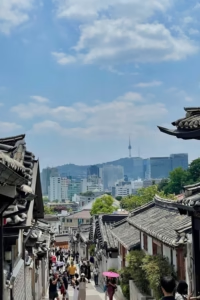
How’s the vegetarian/vegan food scene in Japan? Is it easy to find options?
It’s not too difficult if you come prepared with restaurant, app, and food suggestions. I wrote all about it in my blog about being vegetarian in Japan – check it out and let me know if you have any specific questions!!